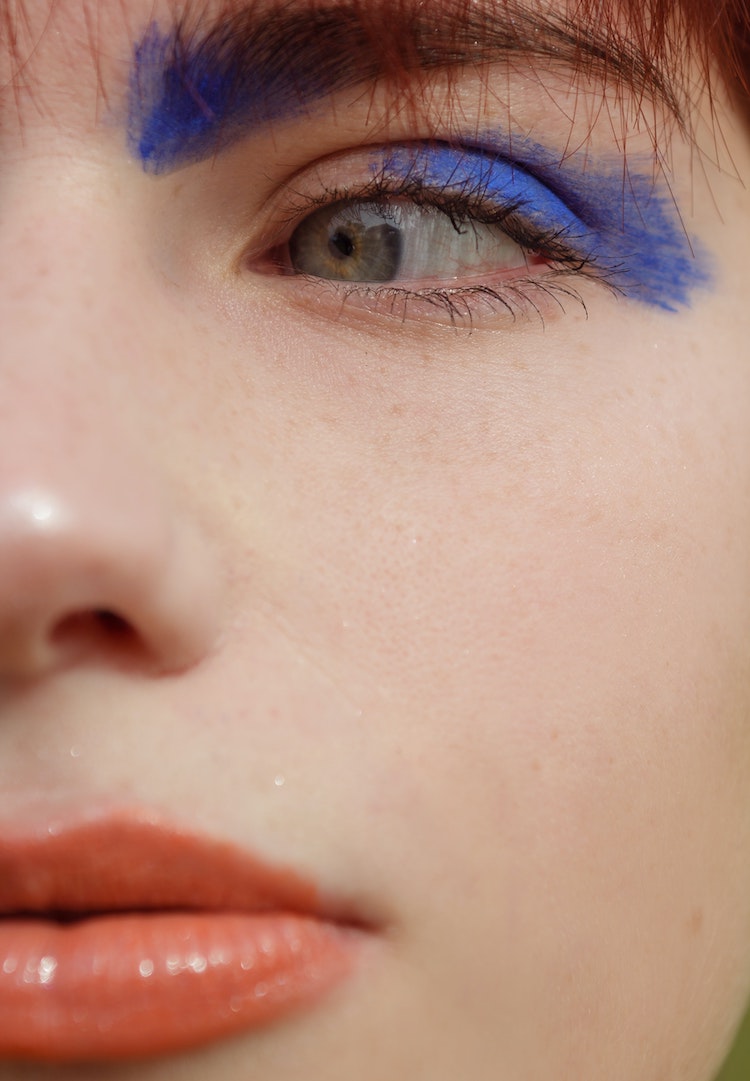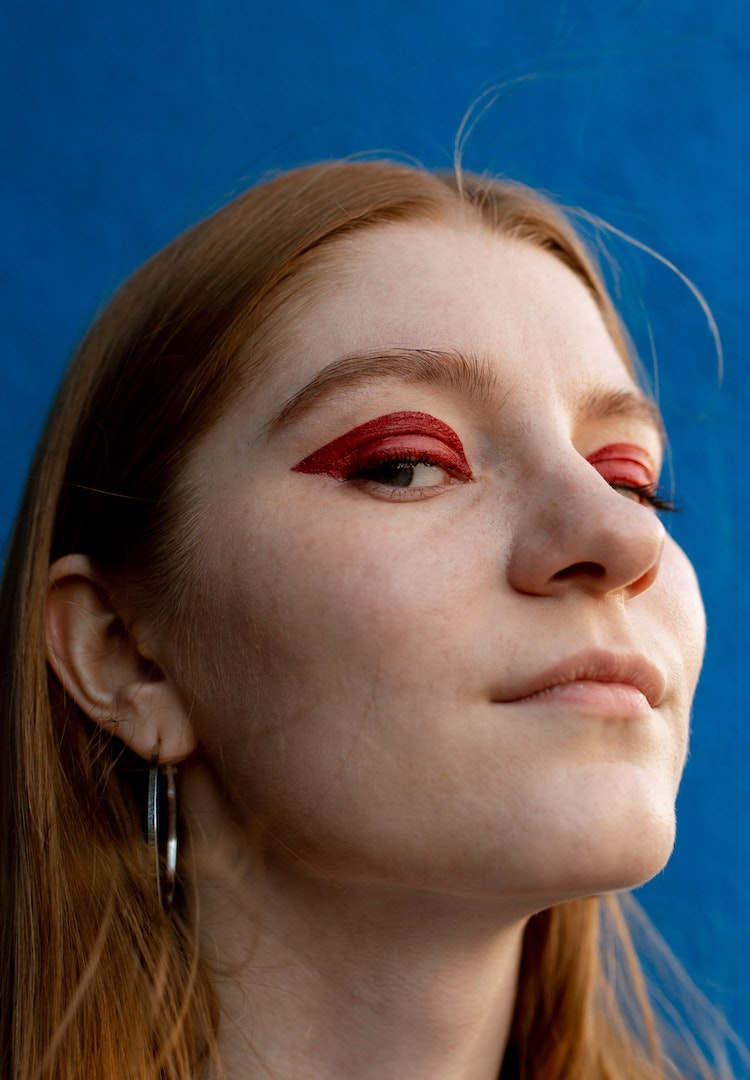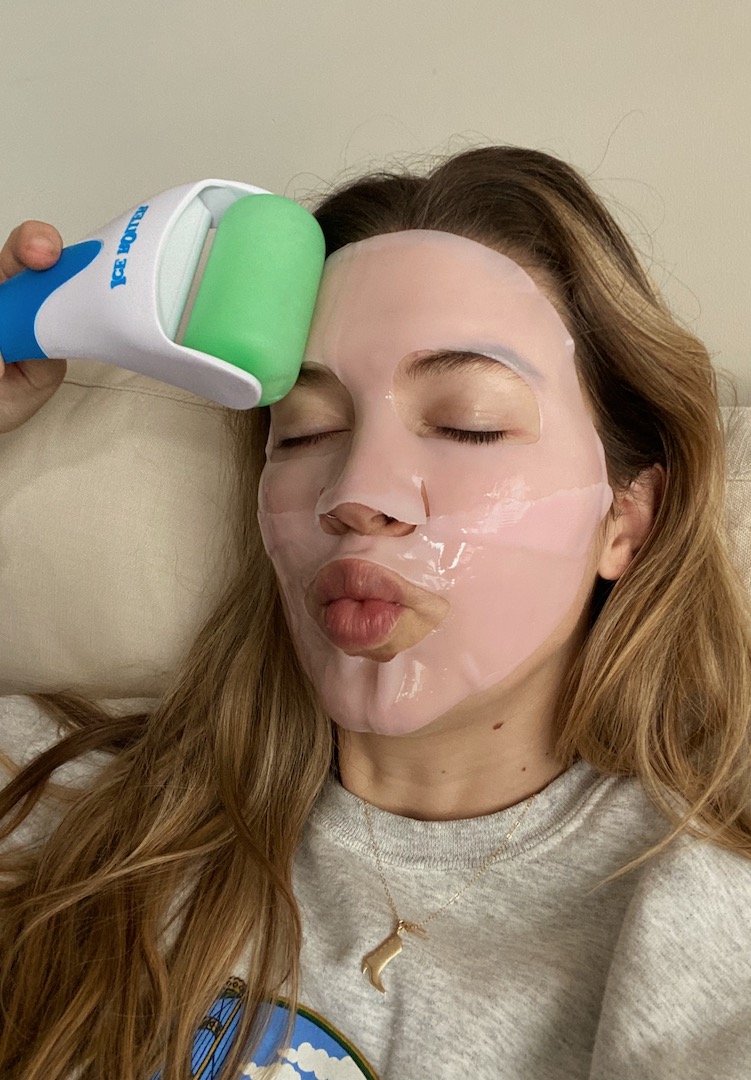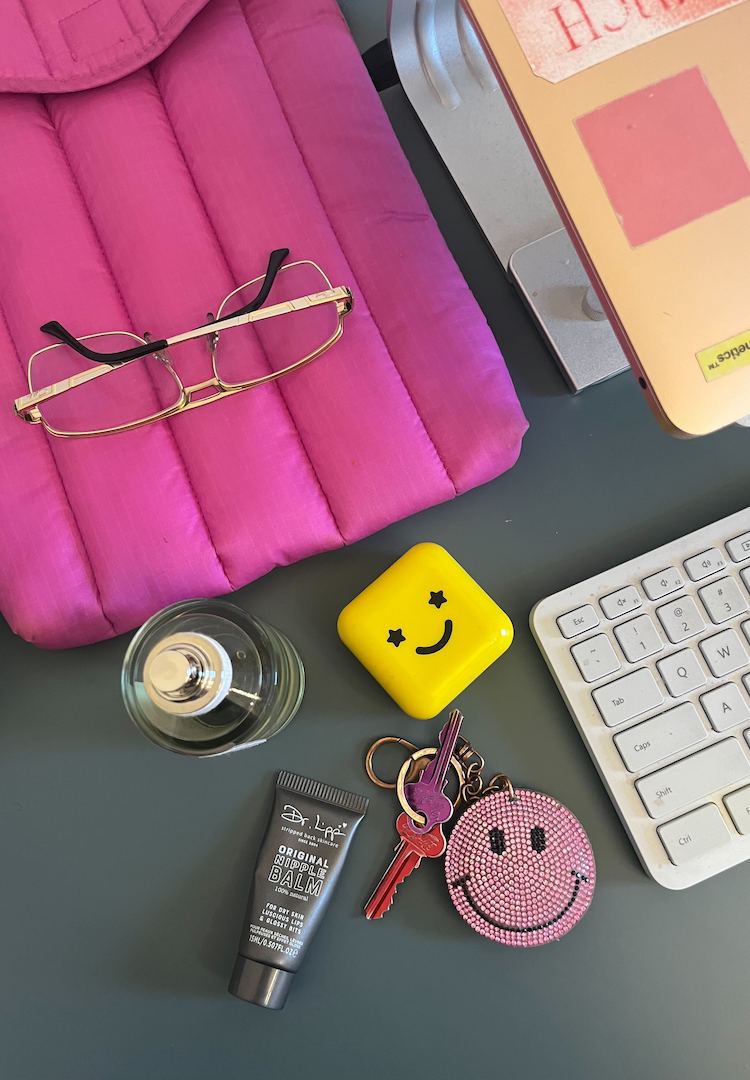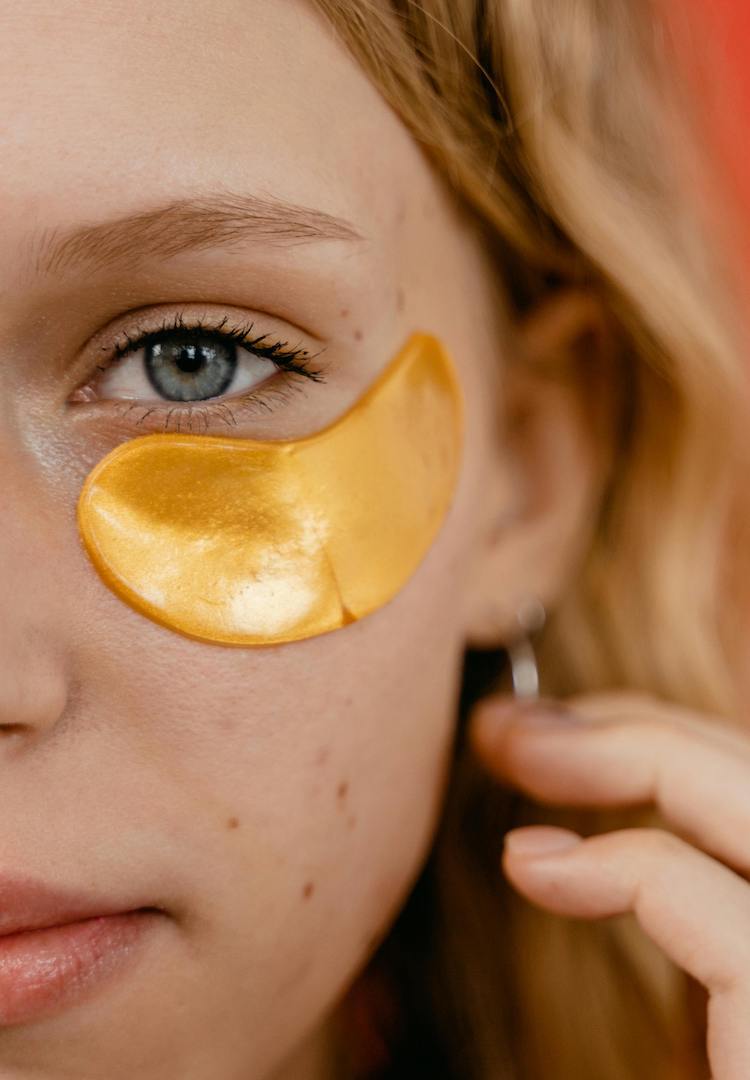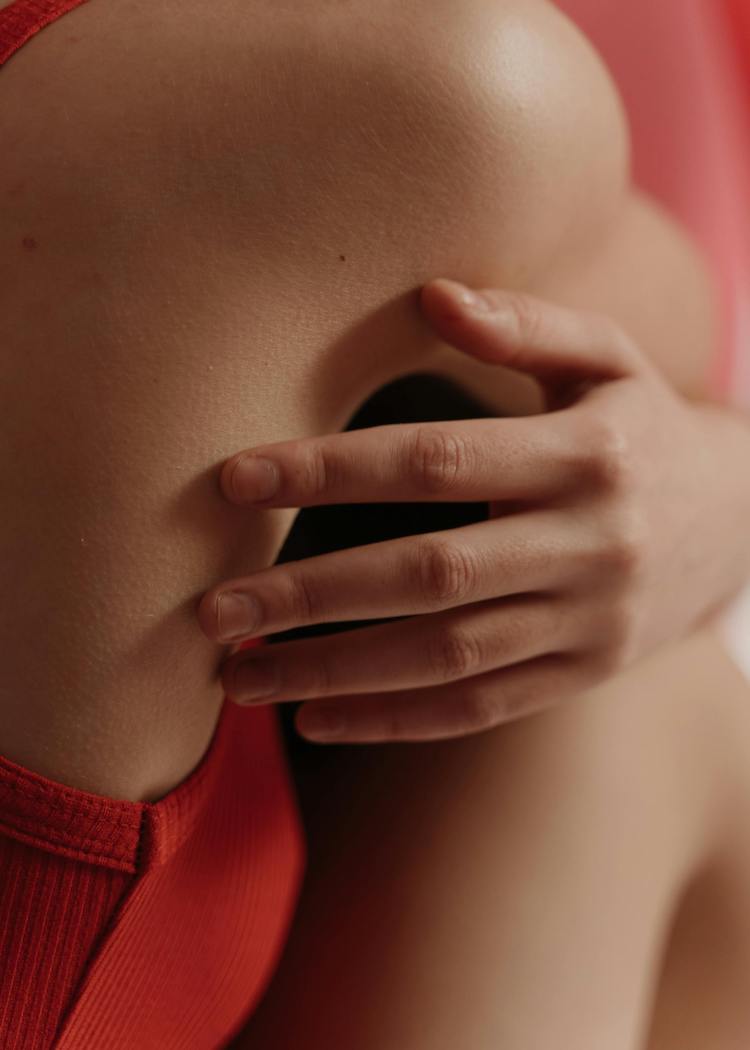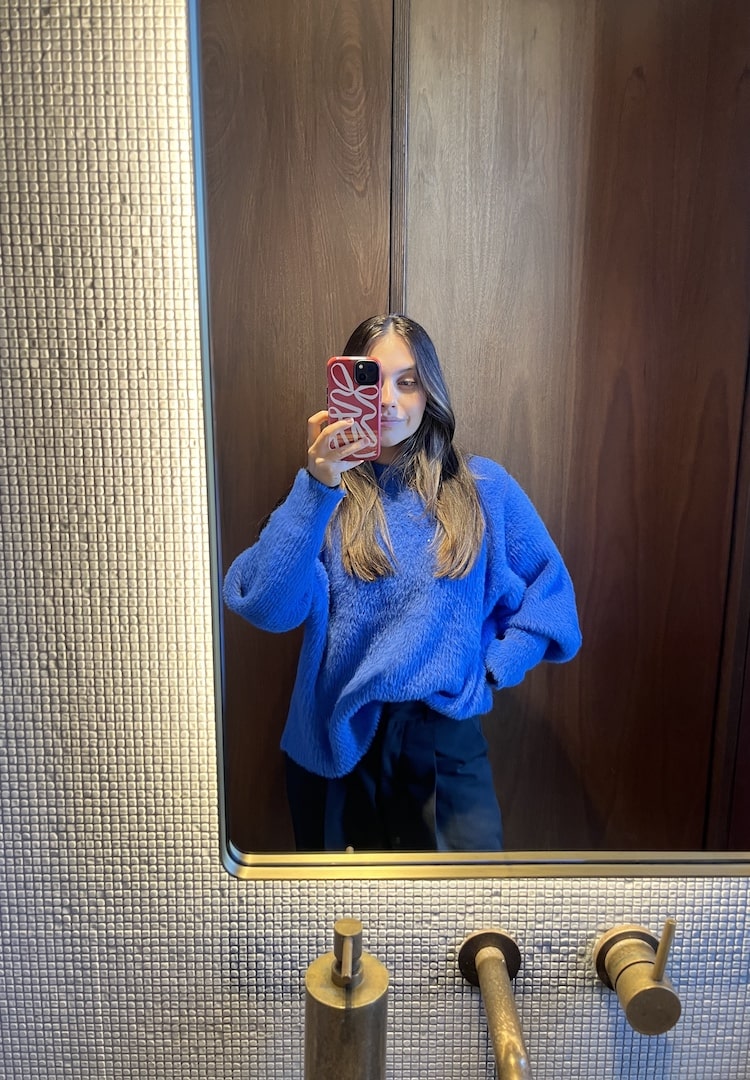After years of dealing with chronic milia, here’s how I finally got rid of it
WORDS BY MIA HARRISON
“You can do all of the squeezing and prodding that you’d like, but those hard pearly balls won’t budge.”
When I was a kid, I had these tiny little white spots all around my eyes. Mum told me I was born with them – they were just a little quirk, like a birthmark. It was the 2000s though, so frantically Googling pictures of different skin ailments to compare wasn’t exactly commonplace. Both Mum and I were always perplexed by these teeny bumps.
I remember Mum excitedly telling me she’d finally learnt what they were. They were milia. She told me I had them because I drank too much milk – suggesting I was chugging so much calcium, it was coming out of my pores.
We like nosy people. Don’t be shy, head to our Beauty section for more.
I’d been drinking upwards of two Milos with cow’s milk every day since I had the grip strength, so, who knows – maybe she was just trying to ween me off my security beverage. To her credit, a milium (singular word for one milia spot) is often referred to as a ‘milk spot’, but evidentially, there’s no correlation between milk and milia. Sorry mum.
Presumably, people give it the nickname because the little lumps that form are the colour of breast milk and are common in newborn babies. I like to think she really thought it was because of my Milo addiction, though – it’s cuter.
Milia is essentially made of calcified keratin that gets trapped beneath the skin’s surface. Keratin is the protein responsible for making skin, hair, nails, etc. Our bodies naturally shed dead skin cells, making room for new healthy cells to take their place. Milium forms when those dead skin cells don’t shed and new skin grows over them, trapping gunk that forms into a pearly ball. They’re usually about one to three millimetres in size and often develop in clusters.
These little white bumps look a lot like pimples, but they never come to a head. Because, unlike whiteheads and blackheads, there’s no exit point. Believe me, you can do all the squeezing and prodding you’d like, but those hard pearly balls won’t budge. You might break your skin and create a sore, but when it heals, nine out of ten times that little bastard will still be right where you left it.
I experienced this a lot more as I got older. By adolescence, my milia were multiplying, and some of the spots were coming in larger than ever. I had them by the dozen, all over my cheeks, temples, eyes and forehead. I would get obsessed with trying to get rid of them, stabbing the stubborn bumps with a safety pin and trying to surgically remove them myself. A few little milliums here and there can be pretty inconspicuous. But for me, they came in huge clusters and they were often reddened because I had been picked at them.
I was embarrassed – sometimes it was like my cheeks had braille on them. I’d hoped that if my bumpy skin was even remotely legible, it at least said something interesting or funny. Then a few years ago, I decided to get my milia treated and removed.
To be honest, I’d debated whether or not to succumb to my insecurities. But I had my first job out of school and my own money to spend, so I’d decided skincare and the ‘clean girl aesthetic’ (before it was even called that) were my new thing. I spent a few hundred bucks during this phase (ADHD comes with the cute side effect of hyper-fixations and impulse control).
There are a few different ways to get milia removed. There’s the trusty old extraction technique, or what dermatologists refer to as ‘de-roofing’. This is where the dermatologist makes a little incision, taking off the top of the milium before flicking out the pearly cyst. You can also try cryotherapy, which means freezing them with liquid nitrogen (ouch) and having the shrivelled-up milia fall off over time. I went down the diathermy route, which is similar in theory to cryotherapy, but the opposite in terms of the elements.
Diathermy, which is sometimes referred to as electrocautery, is used for a few different things: skin tags, moles, warts, etc. It’s used to cauterise non-malignant tissue, predominantly for cosmetic procedures. It doesn’t scar, which is a big bonus. And compared to some other treatments, it’s relatively cost-effective.
The word itself sounds fancy and when it was explained to me in the dermatologist’s office, it mostly went over my head. But in essence, a diathermic needle is an extremely fine, hair-like needle with an electric current flowing through it. The nurse pierces the milium, and the intense heat from the electric needle breaks down the build-up.
This is done for each individual spot. Afterwards, you’re left with topical sores and some redness on the sites of the milia. Within a few weeks though, these lesions and scabs clear up, and that broken-down gunk from inside the milia will have cleared up, too – leaving you with clear skin.
I’m not going to lie to you, the diathermy hurt like hell. It’s a hot sharp wire. An hour before the procedure I had numbing cream put on my face, but I’m not sure how effective that was in the end. I have a high pain tolerance but there were certainly tears. Luckily, the nurse was extremely sweet about it all and it was over before I knew it.
Do I regret getting it done? Absolutely not. Within a few days, my face had calmed down and my cheeks were the smoothest they’d ever been. I still develop spots from time to time but my skincare regime is much better, so it’s not out of control. For me, exfoliation and moisturising are really important for preventing milia.
Do I think if you have milia, you need to get it removed? Absolutely not. Milia is harmless and honestly, hardly noticeable when it’s not on your own face. If it bothers you, sure – but skin texture is real and beautiful. Let’s not forget that.
To learn more about milia, head here.


